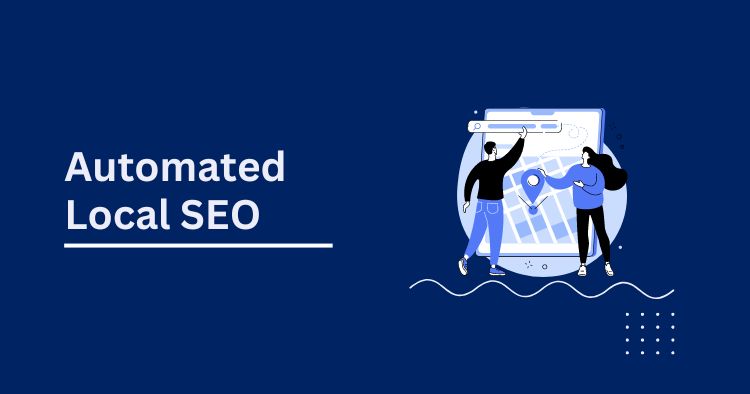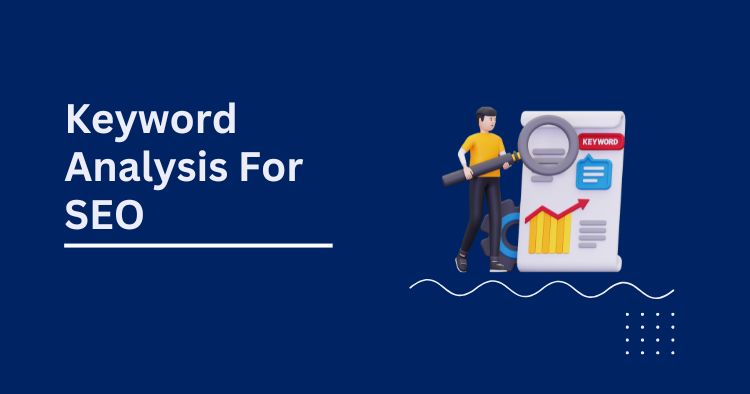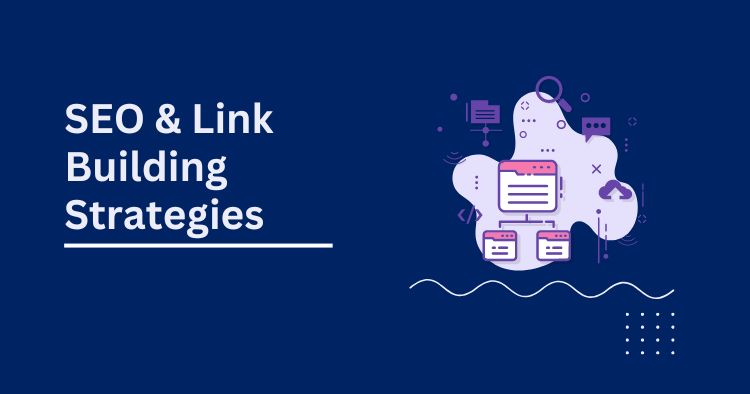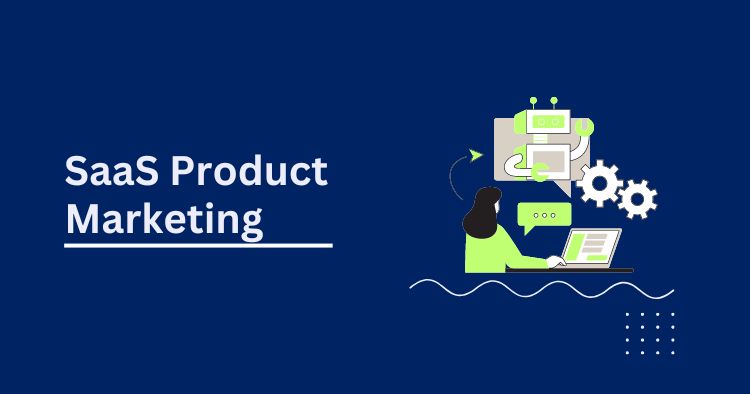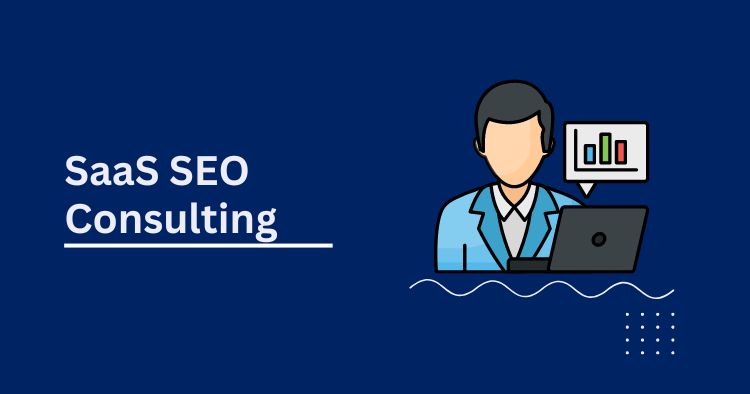Automated Local SEO: Boost Your Local Visibility Effortlessly
In today’s digital age, having a strong online presence is vital for local businesses. One effective way to achieve this is through Automated Local SEO. This strategy simplifies the complex world of search engine optimization (SEO) for local businesses, making it easier to connect with local customers online. What is Automated Local SEO? Automated Local SEO is the use of automated tools and techniques to improve a local business’s visibility in online search results. It’s all about making it easier for people in your local area to find your business when they search for products or services related to what you offer. Why is Local SEO Important? Local SEO is crucial for small businesses because it helps them: Boost Online Visibility: Local SEO helps your business appear in search engine results pages (SERPs) when local customers look for products or services you provide. Attract Nearby Customers: It helps you reach potential customers in your local area who are more likely to visit your store or use your services. Compete with Big Brands: Local SEO levels the playing field, allowing small businesses to compete with larger corporations in local search results. How Does Automated Local SEO Work? Automated Local SEO simplifies the process by using automated tools and software to perform tasks like: Keyword Research: Identifying the specific keywords and phrases that local customers use when searching for businesses like yours. On-Page Optimization: Optimizing your website’s content, including titles, meta descriptions, and headers, to include the identified keywords. Local Listings Management: Ensuring your business information is accurate and consistent across online directories and platforms like Google My Business. Review Monitoring: Tracking and managing online reviews to maintain a positive online reputation. Content Creation: Generating localized content that resonates with your local audience. Analytics and Reporting: Monitoring your SEO efforts and providing insights into what’s working and what needs improvement. Benefits of Automated Local SEO Automated Local SEO offers several benefits for local businesses: Time Savings: It automates many SEO tasks, saving you time and allowing you to focus on running your business. Increased Visibility: By optimizing your online presence, you’re more likely to appear in local search results, attracting more potential customers. Improved Online Reputation: Monitoring and managing online reviews helps maintain a positive image. Cost-Effective: Automated tools are often more affordable than hiring a dedicated SEO expert. Competitive Edge: Outranking competitors in local search results can give you an edge in the local market. Getting Started with Automated Local SEO If you’re ready to get started with Automated Local SEO, here are some simple steps to follow: Keyword Research: Use keyword research tools to identify the most relevant keywords for your business and location. On-Page Optimization: Update your website’s content to include these keywords naturally. Local Listings: Claim and optimize your Google My Business listing and ensure your business information is consistent across all directories. Review Management: Monitor and respond to customer reviews, addressing any concerns promptly. Content Creation: Regularly create localized content, such as blog posts or articles, to engage with your local audience. Automation Tools: Consider using automated SEO tools or platforms to streamline these tasks. Conclusion Automated Local SEO simplifies the process of reaching local customers online. It’s a valuable strategy for small businesses looking to improve their online presence and connect with the right audience. By automating essential SEO tasks, you can save time, increase visibility, and ultimately grow your business in the digital age. What is saas digital marketing | Best ai photo enhancer tool | What is enterprise saas seo | What is Generative AI | What is Artificial Intelligence | What is Wix Login | What is saas email marketing | Saas content marketing | What is saas lead generation | What is seo audit | What is saas marketing strategies | What is saas product marketing | best seo agency | What is automated local seo | growth marketing for saas | top ai essay writer | saas marketing automation tools | saas sales strategy | Automated SEO Reports | What is keyword analysis | saas seo consulting | b2b saas seo | seo link building strategies | Small Business seo with ai | How to use ai for seo | b2b saas marketing | Wix Landing Page | Future of SEO Frequently Asked Questions What is the primary goal of Automated Local SEO? The primary goal of Automated Local SEO is to improve a local business’s online visibility in local search results, making it easier for nearby customers to find and engage with your business. Can Automated Local SEO help my business rank higher on Google Maps? Yes, Automated Local SEO can enhance your Google Maps ranking by optimizing your Google My Business listing, managing reviews, and ensuring consistent business information across online directories. Do I need technical expertise to implement Automated Local SEO strategies? No, you don’t need technical expertise. Many automated tools are user-friendly and designed for businesses without extensive SEO knowledge. How long does it take to see results with Automated Local SEO? The timeline for results can vary, but improvements can be seen within a few weeks to a few months, depending on factors like competition and the effectiveness of your strategies. Is it necessary to hire a professional for Automated Local SEO, or can I do it myself? You can start implementing Automated Local SEO on your own using available tools and resources. However, hiring a professional can ensure more comprehensive optimization and better results, especially for businesses with complex needs.
Automated Local SEO: Boost Your Local Visibility Effortlessly Read More »

